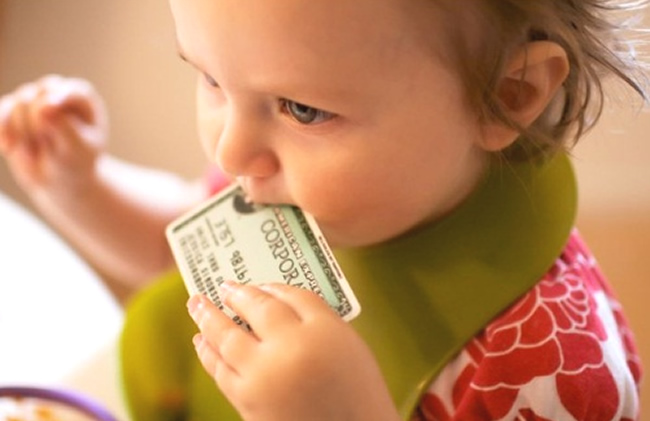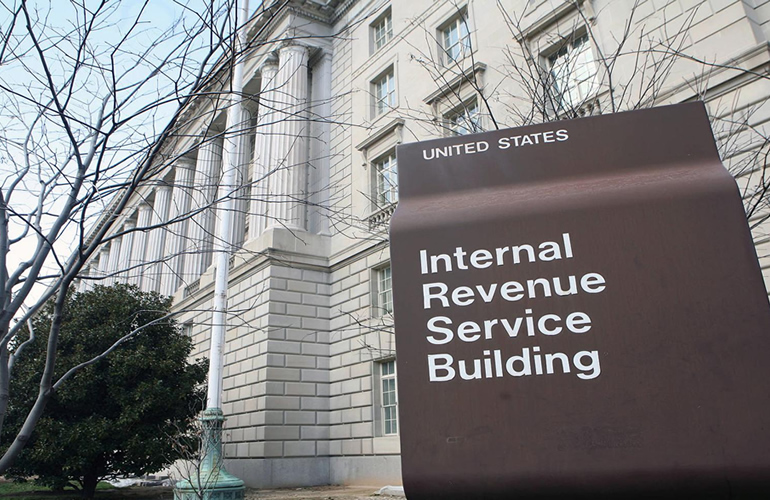In the digital age, anyone is at risk of becoming a victim of identity theft, even infants. In fact, according to a new study, children and young adults are much more vulnerable than their elders. Carnegie Mellon University’s CyLab undertook a study that reviewed the impact of identity theft across demographics. They found that children are 51 percent more likely than their parents to fall victim for a variety of reasons.
Why Are Children Prime Targets?
There is no real process that double-checks the official birth date and name with the social security numbers, making it easy to create a new identity for someone, especially if there is no history already attached to the number. Children and teenagers are prime targets because their social security number typically has a clean history. This makes it much easier to attach any name and birthdates to it and apply for lines of credit than using established identities.
Social media and the Internet also plays a role in the increase of younger people’s identities being stolen. Many teenagers and young adults post sensitive details online, including their birthday and address, which can easily be co-opted by a scammer. Most young people also have weak passwords protecting their data, making it easy for someone to hack the information and use it for their own gain.
Another factor that makes children ideal targets for scammers is that they typically have no need for a bank account, credit cards, mortgages, and similar items because their parents handle most of their necessities. The theft can go undetected for a much longer period of time because children are not continually checking their accounts, applying for lines of credit, or otherwise monitoring their identity. Additionally, with a clean credit history, children and young adults may also be approved for much larger lines of credit, meaning they can be taken for much more money.
The Link Between Fake IDs and Identity Theft
Another reason that teenagers and college students fall victim more often is the purchase of fake IDs. When underage students wish to drink or party in places that only allow in those aged 21 and older, they purchase fake IDs. To acquire an ID, students often need to disclose personal information, including their social security number, address, name, birthday, and other information. This makes it really easy to steal a person’s identity, and many places offering fake IDs are actually fronts for identity theft scammers, according to New York Governor Andrew Cuomo.
The Effect on Children and Young Adults
Children are a vulnerable population for identity theft, and it can affect them for the rest of their lives. They may be unable to open a bank account, credit cards, student loans, mortgages, or other lines of credit. It can take years to rebuild a good line of credit, even if you are a victim of identity theft.
There are ways to prevent identity theft in children or reduce the impact. First, parents should check the credit report of their children about once a year, just as they do their own. A child should have nothing in their credit history. If you do notice something, you should take action right away to resolve the problem, often by calling the place issuing the line of credit. It is typically easier to fight identity theft when working with a minor. You can typically send a letter and include a copy of the Uniform Minor’s Status Declaration and demonstrate it was a misuse of the minor’s information. You can also freeze a credit report to prevent any further theft. It is up to parents to safeguard their children’s identity from theft, just as they do from other threats.
If you’re considering a reputable protection service, TrustedID has a family plan that will cover everyone in one household and Lifelock offers an add on service for minors.














